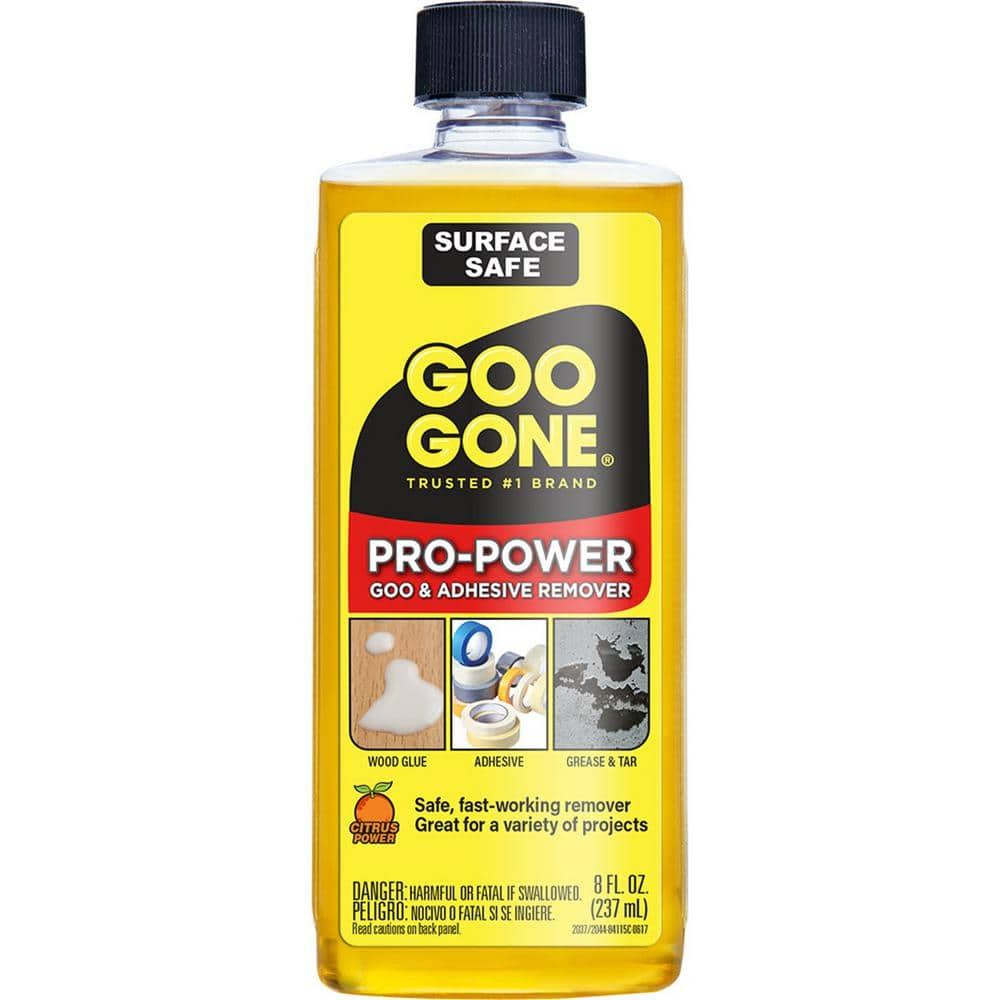Sounds like those "soft touch" plastic surfaces. I've had a bunch of old plastic things turn sticky that way - it's really hard to get it off but what I do is alternate between isopropyl, WD40 (brushed on with a cotton swab or cotton ball and let it sit for a while to let it break down the sticky before using Clorox or isopropyl to remove the WD40), and Clorox wipes. Eventually the matte finish comes off and you're left with a shiny plastic surface. It just takes a lot of elbow grease, I often give myself finger blisters from scrubbing but it's a relief to get it off.
Edit: also the last time I did this was on some old lighters which had a soft touch plastic which turned sticky, what ended up happening was the WD40 seemed to help soften the sticky stuff which allowed me to push it around by rubbing really firmly in one direction. If you push it towards one spot it'll bunch up like softened sticker goo, then I use Clorox wipes to pinch up the bits of collected goo. It still took a lot of rubbing to get the last sticky stuff off to reveal the shiny plastic underneath but "migrating" the goo into a pile once softened by the WD40 (but degreasing the excess WD40 with the Clorox wipes before rubbing so that your finger doesn't just slip) seemed to be the strategy for my sticky lighters.
Hope that helps you figure out something that works for you
